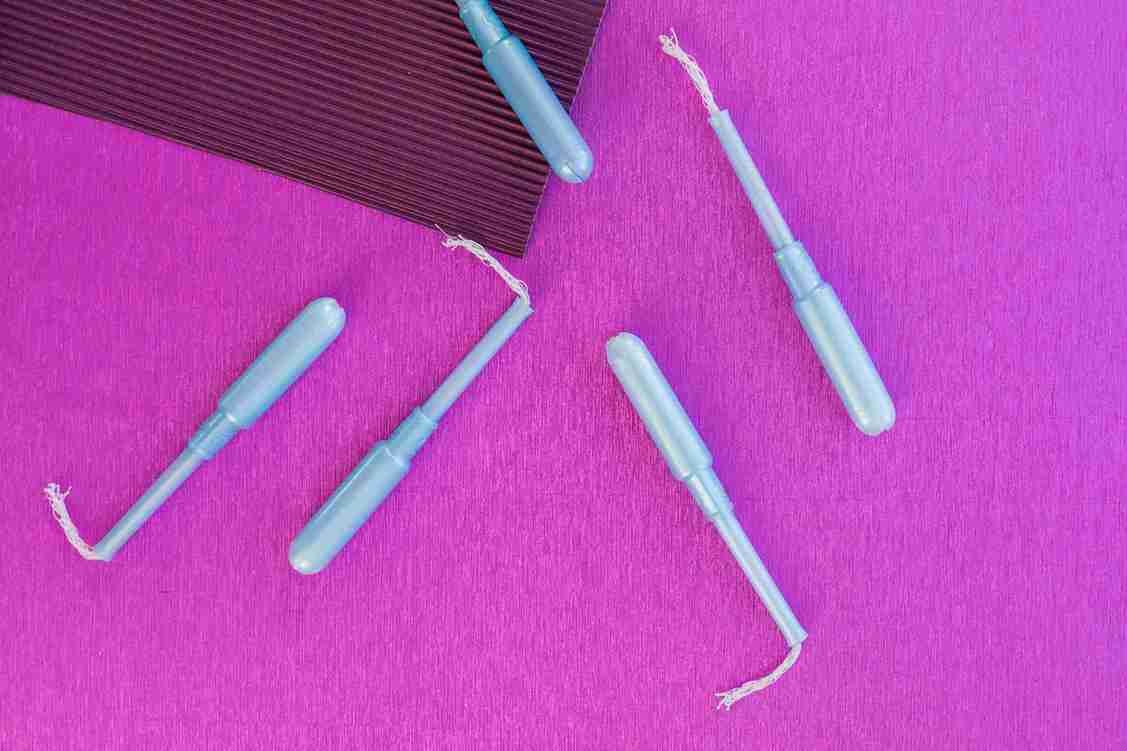
There is no doubt that parenthood is one of the most rewarding experiences in life. Unplanned parenthood, especially when individuals are unprepared for pregnancy, can bring emotional, financial, and social challenges. To avoid such challenges, it’s essential to choose a birth control method that fits your body, your lifestyle, and your vision for the future.
An intrauterine device (IUD) is one of the most effective ways to prevent unplanned pregnancies. This is a safe and reversible birth control method that umpteen women across the globe have used. In this article, we look closely at what to expect before, during, and after an IUD is inserted into the uterus, along with helpful tips to support you through the IUD insertion recovery process.

An IUD also called an IUCD (Intrauterine Contraceptive Device), is a type of reversible birth control that prevents the sperm from fertilising the egg. This is a small T-shaped device made from either plastic or copper, with a string attached to its bottom that extends to the vagina. An IUD, when implanted into the uterus, triggers an immune response that creates a hostile and toxic environment that is not conducive for sperm to survive and reach the fallopian tubes to fertilise the egg released during ovulation.
IUDs can be classified into two types:
Copper IUDs are so named because they have a copper wire coiled around the stem of this T-shaped device. This is a non-hormonal type of IUD. The copper in this device results in the release of copper ions, which in turn creates a toxic environment that does not allow the sperm entering the uterus after sexual intercourse to survive.
Hormonal IUDs are also known as Intrauterine System (IUS). They are so named because they contain the hormone progestin (the progesterone hormone’s synthetic form) in the top T part of the device. The hormone will be released slowly through the stem of the device. Progestin thickens the cervical mucus, thus hindering the progress of the sperm as it swims to fertilise the egg waiting in the fallopian tube. It also stops the egg from being released during ovulation and thins the womb lining to reduce the chance of the egg attaching to it.
Despite being a safe birth control method, IUD implantation is not recommended for those who:

Understanding the IUD insertion procedure is always best so you know what to expect and feel fully prepared. Below is a brief overview of the entire process.
The choice of contraceptives depends on several factors. There will be consultations with a gynaecologist to determine if an IUD is the most ideal birth control for you. Usually, there will be tests scheduled to rule out any ongoing pregnancies or STIs. The doctor may examine the pelvis to rule out any health issues.
Once decided, your doctor may schedule the insertion during a specific time in your menstrual cycle. Often, doctors may recommend having the procedure during your period, as this is when the cervix tends to be slightly wider. On the day of the IUD insertion, you may be advised to take OTC painkillers before the procedure so as to minimise any IUD insertion pain that may occur. Anxiety medications may also be prescribed if needed.
The entire IUD process typically takes less than half an hour to perform. Your doctor will instruct you to lie on an exam table, like when getting a Pap smear, with your knees bent and legs resting in stirrups. An injection may be given near your cervix to numb the area. A speculum will then be slowly inserted by the doctor to gently open the vaginal walls. The IUD will then be placed in the uterus using a special inserter. A slight, quick pinching sensation may be experienced while the IUD is being inserted.
After the IUD has been inserted, you may feel a slight dizziness or mild cramping. You can wait
a while at the doctor’s office to make sure you feel well enough to leave.
Some women may feel a few temporary side effects after the procedure, such as:
To resolve such issues, it might be best to adopt a few post-IUD insertion care tips:

IUDs are among the safest methods of birth control available today. Their effectiveness lasts for 3 to 10 years. During this period, most women experience little to no issues with the IUDs. However, it is recommended to keep an eye out for the occurrence of any of the issues that have been listed below:
IUDs are a definite game changer when it comes to birth control. They are safe and effective for a great number of years and are reversible when there is a desire to bear a child in the future. With IUDs, women can take control of their reproductive health and make empowering changes in their lives.

During an IUD insertion procedure, the IUD will be implanted in the uterus using an inserter device after a speculum has been used to widen the vaginal opening.

Mild cramping, dizziness, lightheadedness, backaches, and spotting may be observed after the IUD has been inserted.

Mild pain and cramping can be expected after the IUD insertion procedure. However, if the pain is intense, it might be best to contact your healthcare provider.
